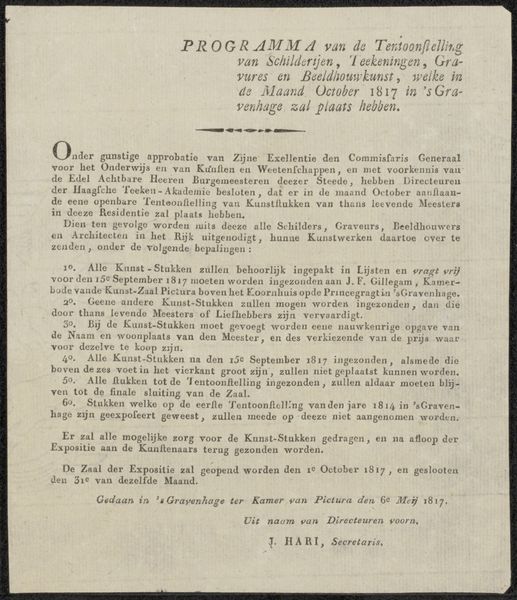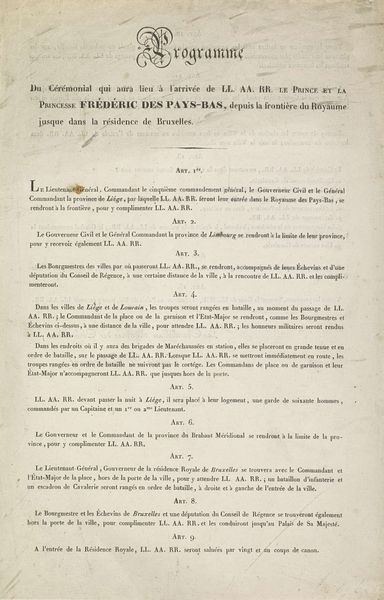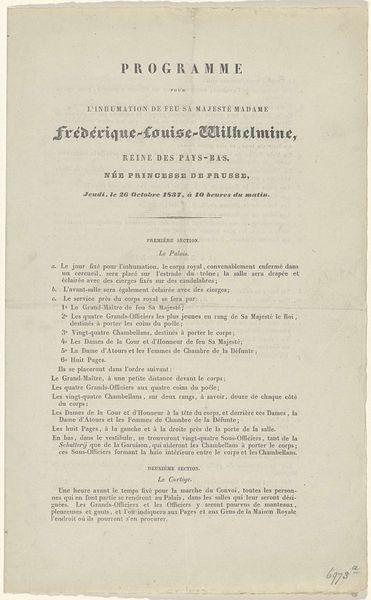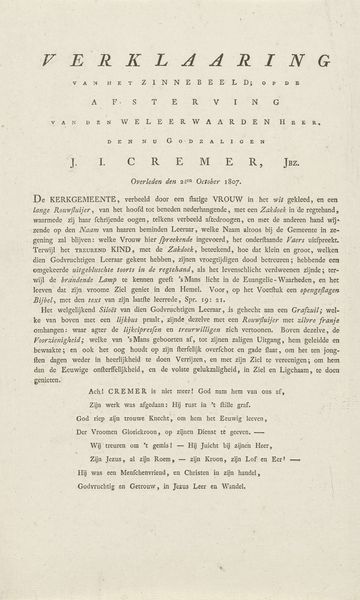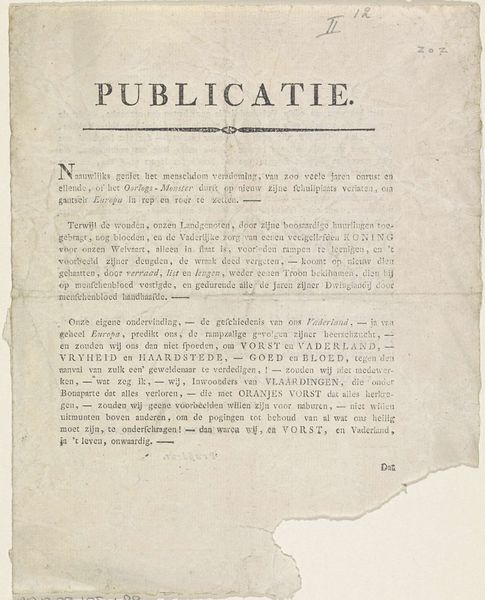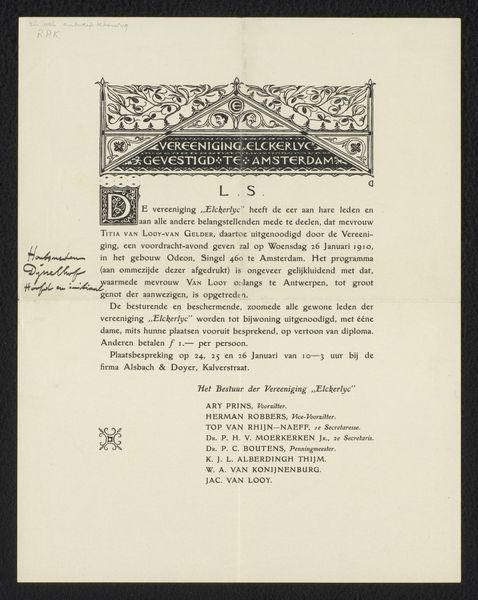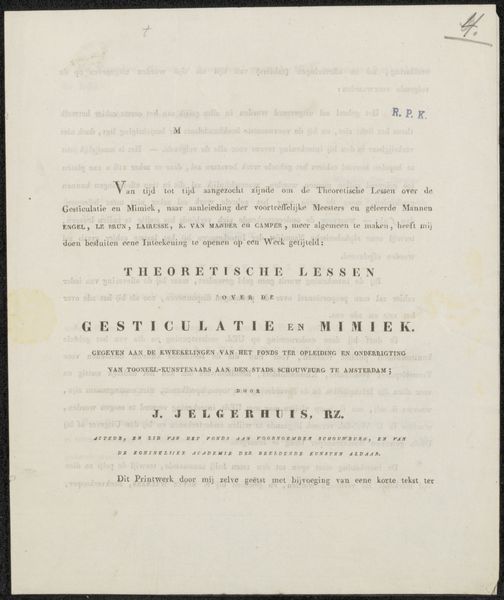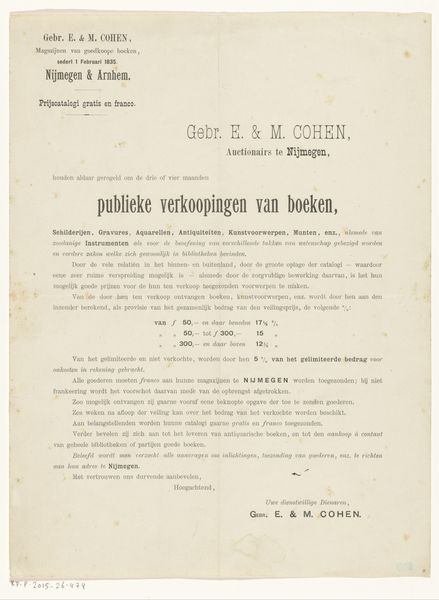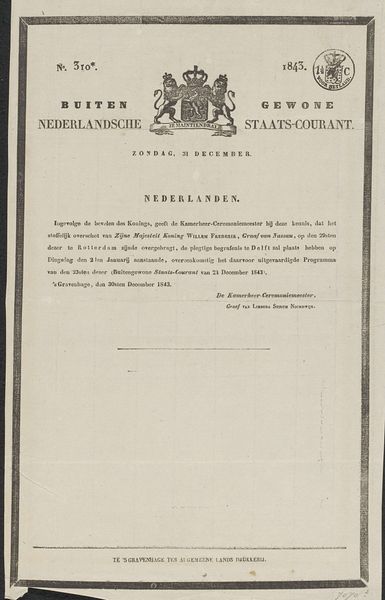
print, paper, typography
#
portrait
# print
#
paper
#
text
#
typography
#
romanticism
#
calligraphy
Dimensions: height 38.2 cm, width 33.5 cm
Copyright: Rijks Museum: Open Domain
Curator: This "Ordre du Lièvre," a print from 1832, attributed to Sans-Courage, is intriguing. I'm immediately drawn to the material; the paper itself speaks to the historical context, doesn't it? The creases, the slight discoloration... they tell a story. Editor: Yes, it looks like an official document, yet something about the rabbit imagery and the slightly absurd tone makes it feel like a parody. What do you make of its purpose? Curator: I see it as a commentary on power and authority in its time. The artist is engaging with the existing social structures by imitating them with this official looking document. Consider the labour involved in creating a print like this – the typesetting, the printing itself. And who was the intended audience? Was it a limited circulation amongst a specific group who got the joke or were they distributed more broadly to satirize the powerful? The production method allows access to different kind of audiences. Editor: So it is a critique on power and social status created with the intent to undermine them. And this is communicated with the help of both text and images through printing and distribution. Curator: Precisely. It subverts the very symbols and systems it mimics, it questions their validity by playing with language, imagery, and the means of production of such decrees in general. By using print, the artist engaged in a broader social conversation. Does the text "Sauve qui peut" ("Save himself, who can"), at the end of the document, shed a new light? Editor: It does. That adds a layer of desperation and maybe even mockery to the entire piece. Curator: It’s a fascinating intersection of materials, production, and social commentary, revealing much about the anxieties and undercurrents of its time, wouldn’t you say? Editor: Absolutely, I hadn't considered the materials themselves as such vital communicators of meaning. Curator: And that understanding comes through examining the means of its making.
Comments
No comments
Be the first to comment and join the conversation on the ultimate creative platform.
